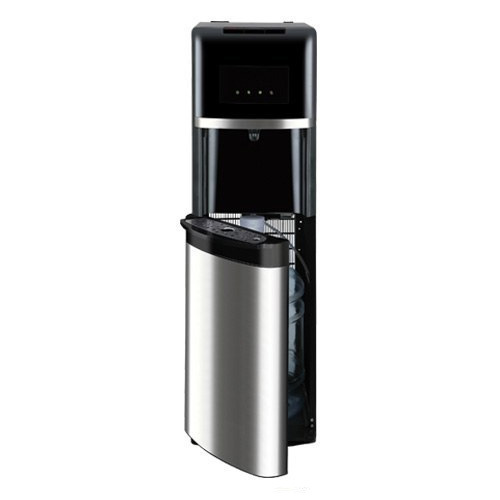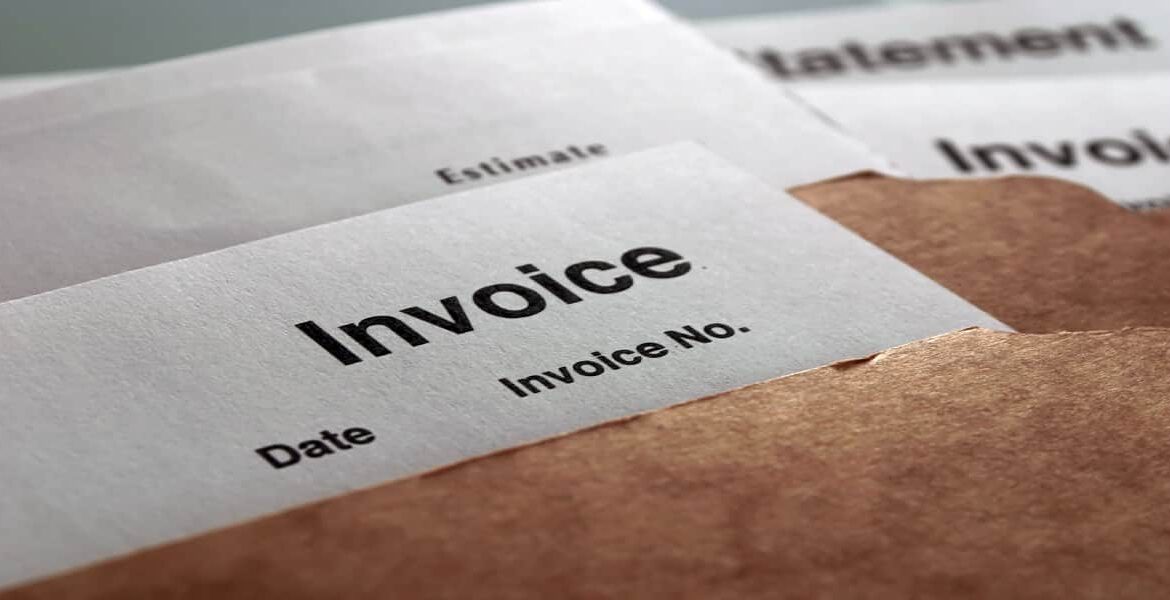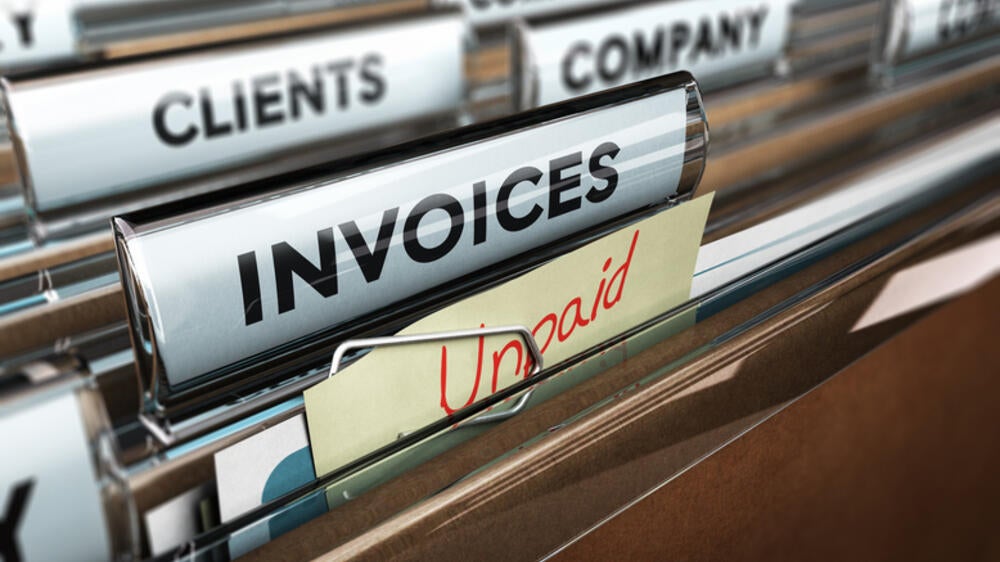For pet owners, our furry companions are not just animals; they are beloved members of the family. We pamper them with love, attention, and treats, always searching for ways to keep their tails wagging and purring contentedly. One fantastic way to achieve this is by subscribing to a pet subscription box. These monthly deliveries of pet goodies are designed to bring joy to both pets and their owners. In this article, we will explore the world of pet subscription boxes and why they are becoming a must-have for pet lovers.
Surprise and Delight
Imagine the excitement of your pet as they eagerly await the arrival of their monthly subscription box. The moment it arrives at your doorstep, their tails start wagging or they start purring in anticipation. The element of surprise is what makes these subscription boxes truly special. Each month, you and your pet will receive a unique selection of toys, treats, and accessories, carefully curated to keep your furry friend entertained and happy.
Convenience
Life can get busy, and it is not always easy to find the time to shop for pet supplies. Pet subscription boxes eliminate the hassle of making regular trips to the pet store. Everything you need for your pet is conveniently delivered right to your door. The best pet subscription ensures that your pet always has fresh treats, engaging toys, and essential items without you having to lift a finger.
High-Quality Products
Pet subscription box providers take pride in sourcing high-quality products for your pets. They often partner with trusted and reputable brands to ensure that your furry friend gets the best. Whether it is organic treats, durable toys, or comfortable accessories, these boxes are packed with items that are safe and enjoyable for your pets.
Variety
One of the joys of pet subscription boxes is the variety they offer. Each month, you will receive a different assortment of products, preventing your pet from getting bored with the same toys and treats. This variety also allows your pet to explore new tastes, textures, and play experiences, keeping their minds sharp and their spirits high.
Personalization
Many pet subscription box services offer the option to customize your box based on your pet’s size, age, and preferences. This personalization ensures that the items you receive are tailored to your pet’s specific needs and interests. Whether you have a playful pup, a finicky feline, or a curious critter, there is a subscription box that is perfect for them.
Bonding Experience
Opening a pet subscription box together can be a bonding experience for you and your furry friend. It is a moment of shared excitement and joy that strengthens the bond between pet and owner. As you watch your pet explore their new goodies, you will feel a sense of satisfaction knowing that you are providing them with the best care and entertainment.
Pet subscription boxes are more than just a monthly delivery of pet products; they are a source of joy, convenience, and connection for both pets and their owners. With the element of surprise, high-quality products, and the option for personalization, these boxes offer a delightful experience that keeps tails wagging and hearts warm.




